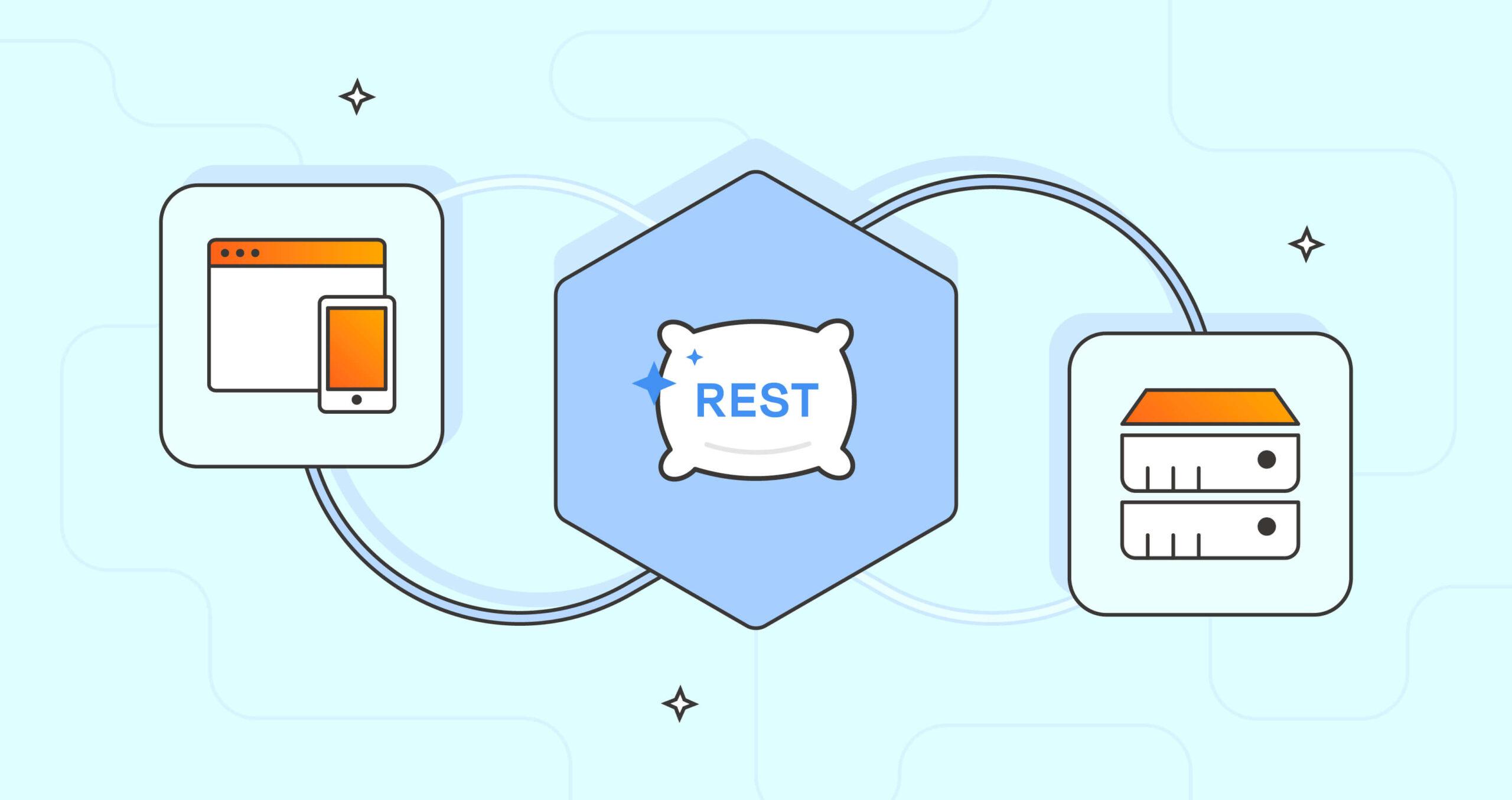
What is REST API and How Does It Work?
In modern software development, REST APIs (Representational State Transfer Application Programming Interfaces) are a cornerstone of web communication. They enable applications to interact and exchange data efficiently, making them essential for building scalable and flexible systems. This article explores what a REST API is, how it works, and its practical applications.
1. What is a REST API?
A REST API is a set of rules that developers follow when creating APIs. These rules define how resources are addressed and manipulated over HTTP, enabling communication between clients and servers.
Key Characteristics:
- Stateless: Each request from a client to a server must contain all the information needed to process the request.
- Client-Server Architecture: The client (frontend) and server (backend) are decoupled, allowing independent development.
- Resource-Based: Everything (e.g., users, posts) is treated as a resource with a unique URL.
- Uniform Interface: Standard HTTP methods like GET, POST, PUT, DELETE are used to perform operations.
2. How Does a REST API Work?
Components of a REST API:
- Endpoint: A specific URL that represents a resource (e.g.,
https://api.example.com/users). - HTTP Methods: Define the type of operation to perform:
- GET: Retrieve data from the server.
- POST: Send data to create a new resource.
- PUT: Update an existing resource.
- DELETE: Remove a resource.
- Headers: Provide metadata (e.g., content type, authorization).
- Request Body: Contains data to be sent to the server (used in POST and PUT requests).
- Response: The server returns data, often in JSON or XML format, along with a status code (e.g.,
200 OK,404 Not Found).
Example Workflow:
- Request: A client sends a GET request to
https://api.example.com/users. - Processing: The server processes the request and retrieves user data from a database.
- Response: The server sends back the requested data in JSON format.
3. Applications of REST API
REST APIs are widely used across various domains due to their simplicity and scalability. Here are some common applications:
3.1 Web Development
- Frontend-Backend Communication: Enables the frontend of a website or app to fetch or update data from the backend.
- Single Page Applications (SPAs): SPAs like React, Angular, or Vue.js often rely on REST APIs to dynamically update content.
3.2 Mobile Applications
- Mobile apps use REST APIs to interact with servers for fetching and updating user data, sending push notifications, or integrating with third-party services.
3.3 Third-Party Integrations
- REST APIs allow different systems to communicate. For example:
- Payment gateways like Stripe or PayPal.
- Social media APIs for Facebook, Twitter, or Instagram.
- Google Maps API for location-based services.
3.4 IoT Devices
- IoT devices like smart thermostats or wearable trackers use REST APIs to send data to cloud services or receive updates.
3.5 Automation and Scripting
- REST APIs enable developers to automate tasks, like fetching analytics data or managing servers programmatically.
4. Advantages of REST APIs
- Simplicity: Based on standard HTTP methods, making them easy to understand and use.
- Scalability: Stateless architecture ensures smooth scaling.
- Flexibility: Can be used with various programming languages and platforms.
- Wide Adoption: Supported by most web services and frameworks.
5. Conclusion
REST APIs are a powerful tool for enabling communication between systems, making them indispensable in web and software development. Whether you’re building a simple website or a complex distributed system, REST APIs provide the foundation for seamless interaction between clients and servers.
Interested in learning more? Dive into building your first REST API using your preferred programming language today!
